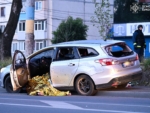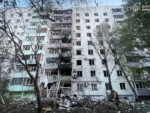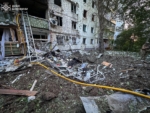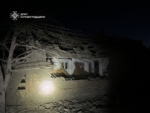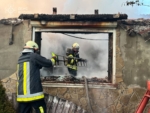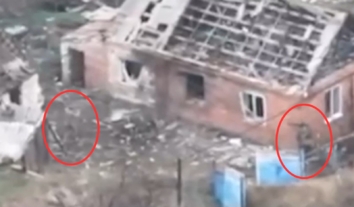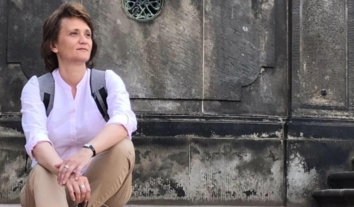Russian attack kills at least two and injures 38 across two Ukrainian regions
Russian armed forces killed two people and injured 26 in their attack on Chernivtsi on July 13, 2025, according to Ruslan Zaparaniuk, Head of Chernivtsi Oblast Military Administration.
Ukraine’s Air Force reported shooting down 344 aerial assets that night, including 319 Shaheds and 25 Kh-101 cruise missiles.
Russians launched a total of 339 Shahed drones out of 597 total drones and 26 missiles.
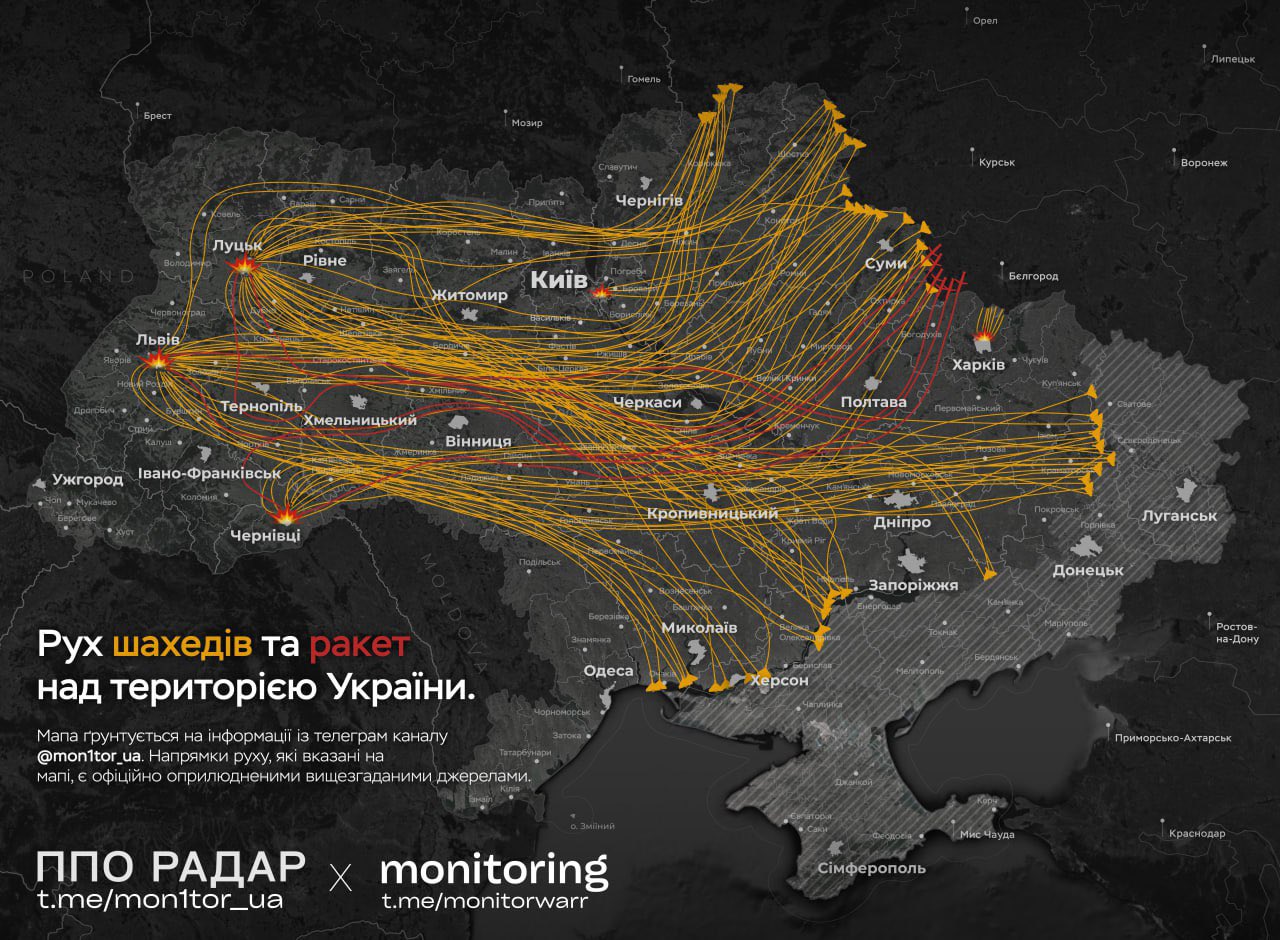
At dawn on July 12, Russia attacked Chernivtsi Oblast with four Shahed-type UAVs and a missile, killing two people: Sviatoslav Lazarenko, 43, a lawyer at the Sniatyn City Council in Ivano-Frankivsk Oblast, and Diana Kravchenko, 25, a pharmacy manager.
 Diana Kravchenko and Sviatoslav Lazarenko
Diana Kravchenko and Sviatoslav Lazarenko“The number of people injured in the Russian attack on Chernivtsi has risen to 26. Seven of them are currently in the hospital: three are in a serious condition, and four are undergoing surgery. All the other casualties were given first aid at the site where enemy missile debris fell,” Zaparaniuk wrote.
Damage was caused to several residential buildings, shops, office buildings, and cars in Chernivtsi.
According to the Lviv Oblast Military Administration and Lviv Mayor Andrii Sadovyy, the Russian attack injured 12 people.
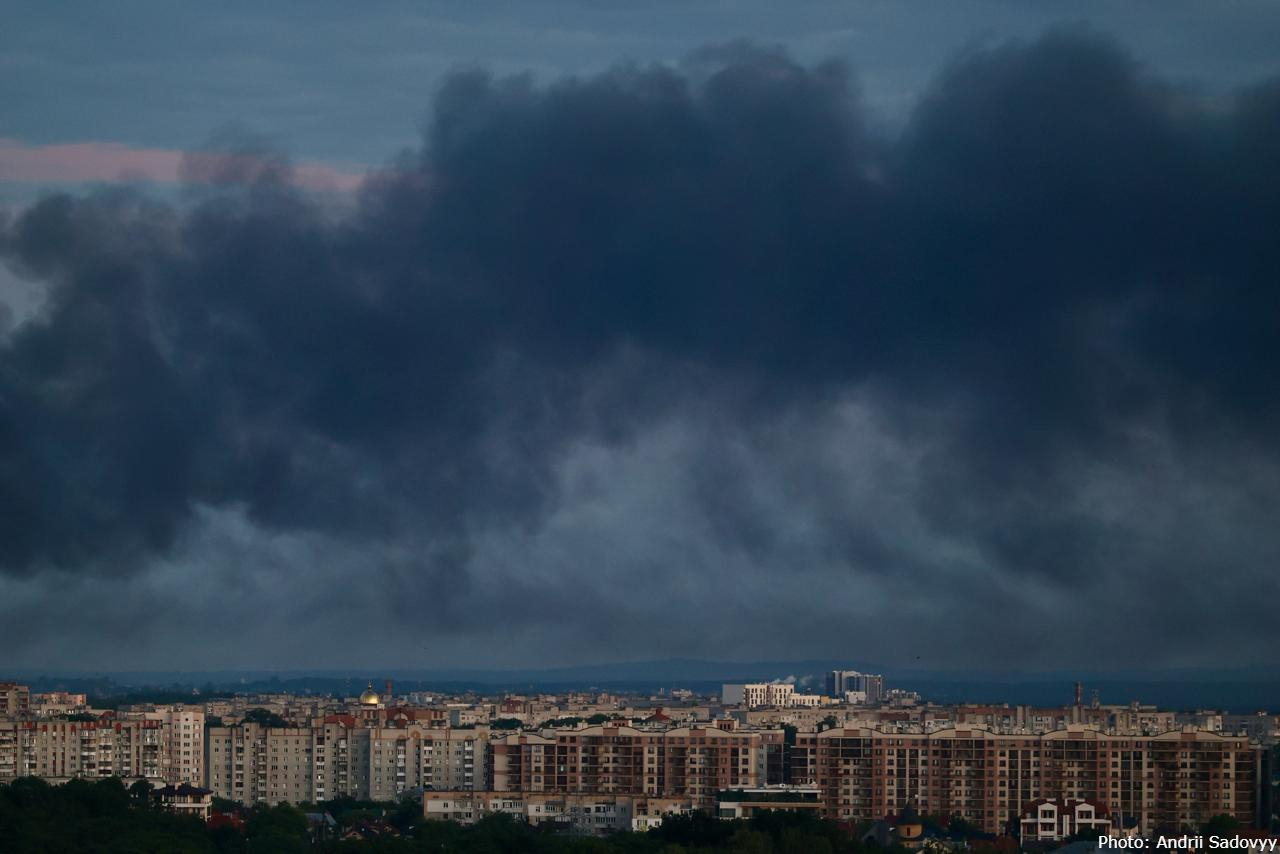 Lviv
LvivCity officials reported that the attack caused the most damage to the Zaliznychnyi and Halytskyi districts. Russian strikes damaged 46 buildings and shattered over 500 windows.
The attack left 15 apartments uninhabitable. Russian forces also damaged 20 cars.
The strikes also damaged three buildings of Lviv Polytechnic National University, the city courts, and over twenty business premises.
Foreign Minister Andrii Sybiha stressed the need for the EU and the U.S. to impose large-scale sanctions against Russia following another mass attack on Ukraine.
He emphasized that Russia “continues to escalate terror, launching another wave of hundreds of drones and missiles.”
“The scale of Russia’s daily terror against civilians shows the need to deprive Moscow of the oil revenues it converts into war crimes,” Sybiha noted on X.
According to the head of Ukraine’s Foreign Ministry, Russia “produces hundreds of instruments of terror a day.” This scale poses a threat not only to Ukraine but to the entire transatlantic community, he added.
“It is in our partners’ interest to strike this factory of terror as soon as possible with new tough sanctions: the 18th EU package and the Graham-Blumenthal bill. Stop funding Putin’s death factory immediately,” he concluded.
Previously, Ukraine’s Defence Intelligence (DIU) has noted a trend toward replacing Western components in Russian strike UAVs with Chinese-made ones.
DIU told journalists with Donbas Realii, a Radio Liberty regional project, that Chinese electronics now make up 60% to 65% of the components in the Russian Geran-2 UAV. Swiss electronics rank third. The components of these drones, also known as Shaheds, were researched by Ukrainian forces in May 2025.
Russian engineers have equipped strike drones with new electronic warfare-resistant antennas, replacing the jamming-resistant antennas of satellite navigation systems. The new drones also feature more antenna elements. Instead of four and eight elements, Russia is installing 12 and 16 elements.
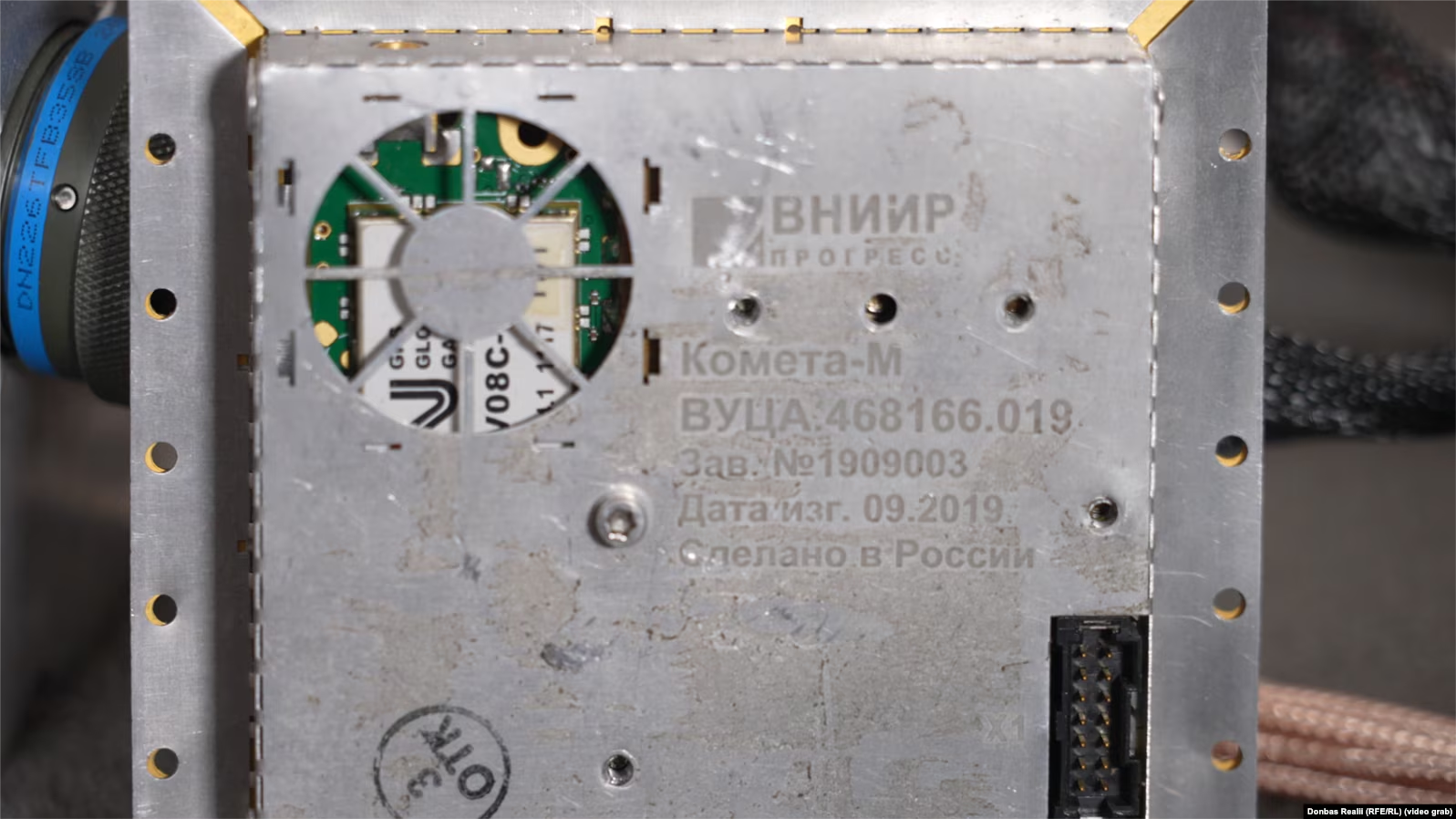 “Kometa-M” is a Russian-made, jam-resistant satellite navigation antenna that is also frequently found in Shahed-type UAVs
“Kometa-M” is a Russian-made, jam-resistant satellite navigation antenna that is also frequently found in Shahed-type UAVs“One of the innovations is the use of 3G modems in UAVs, which provide information about their location and telemetry to a Telegram bot so that the enemy can analyze the locations of our electronic warfare and air defense systems,” DIU representative reported.
Russia is also expanding the range of warheads. Ukrainian forces have documented cases of Russia using Geran-2 drones with a system for dropping slow-acting cluster munitions. Russian and Iranian manufacturers have increased the weight of the warheads themselves to 90 kilograms.
Russian engineers have taken measures to increase the moisture resistance class of strike UAVs so that they can be effectively used in difficult weather conditions. Ukrainian intelligence has also recorded tests of a version of the Geran-3 strike UAV with a jet engine.
The New York Times pointed out that since Donald Trump’s return to the presidency, the United States has not imposed new sanctions on Russia, creating loopholes for the supply of microchips and military components despite restrictions established after the start of Russia’s full-scale war in Ukraine.
Instead of increasing pressure, the Trump administration has reversed some restrictions, including those on Karina Rotenberg, the wife of Russian oligarch Boris Rotenberg. Additionally, the KleptoCapture task force, which was responsible for identifying and seizing the assets of individuals close to the Kremlin, has been shut down.
As a result, according to trade and corporate registries, more than 130 new companies in China, Hong Kong, and Singapore are freely advertising the supply of prohibited components to Russia. Among them is HK GST Limited, which offers microchips for Russia’s Kh-101 cruise missiles, the same type used during recent attacks on Kyiv.
None of these companies are under sanctions, and according to analysis, the U.S. has not introduced a single new restriction against Russia since the beginning of 2025. Experts warn that without constant updates, the effectiveness of sanctions diminishes as Russia actively creates new shadow import schemes.

